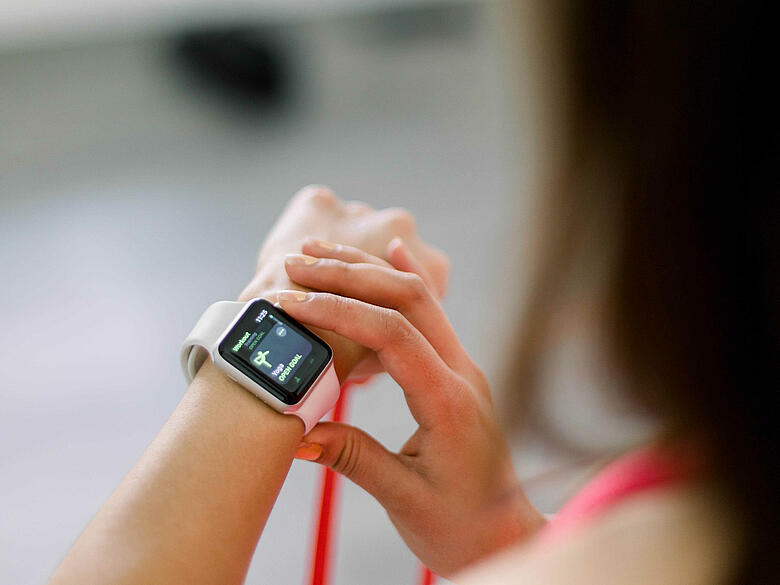In today's modern times, there's more information available at our fingertips than ever before that can be so easily accessible to assist on a health and fitness journey. One common negative feeling from this though is the overwhelm attached to so much conflicting info or general advice without specificity being thought about, for example individual fitness levels, medical conditions, training history etc. For some this is empowering, for others it can dis-engage and only further cause issues for their health and fitness.
One major tool that can be embraced is the wearable technology such as a Garmin or Apple Watch, Whoop Strap or Oura Ring. These different types of wearable technology, when combined with a great nutrition/training program and skilled fitness professional to interpret the data can take your fitness to the next level. Read on to see the top 5 things a wearable can help you today!
- Tracking Sleep. Quantity (and quality) of sleep is a major issue in modern society, our fast paced lives paired with screen time leave many of us not spending 8hrs in bed or going to bed wired and not being able to drift into a full restorative sleep. By using a wearable whilst you sleep, the sleep data can easily be analysed to establish sleep habits and make objective decisions around bed/wake times and habits around sleep. Being able to try a new sleep habit then get instant feedback on sleep quality upon waking is key to being able to test and measure.
- Tracking Steps. With our desk and car bound lives, many people struggle to get their daily activity in. Whilst 10000 steps is widely agreed upon as a good number of daily steps, anything more than you are currently doing if you cannot reach 10000 is a great start. Competing against yourself or others with daily step tally is a great way to increase your daily step habits.
- Track Weekly Exercise. Whilst we often set goals to achieve a certain amount of cardio minutes or exercise sessions, it can be hard to either remember each week what you have done or correctly track the sessions. Using a wearable for all exercise sessions give valuable data on length and intensity of all exercise sessions.
- Track Heart Rate. Most wearables will track both resting and exercising heart rate. We know the fitter and healthier you are the lower the resting heart rate is and also the longer it will stay at a lower rate during daily activities and exercise. By being able to track your resting heart rate as a trend over time, we can track improvements in your cardiac health which plays a major role in longevity.
- Track Recovery. Often our body may tell us we feel a little tired and sluggish and that today is a good day for an easier session, but sometimes it may not. Having your wearable track things like your heart rate variability, sleep quality etc will be able to then objectively tell you if today is a good day to do a hard session or that planned low-moderate cardio session is the right idea today.
At Vision, the MyVision app syncs much of this data into the app to give you and our team of trainers a greater depth of information to be able to coach you to get your desired result. For further insight or understanding, reach out to the team today!

